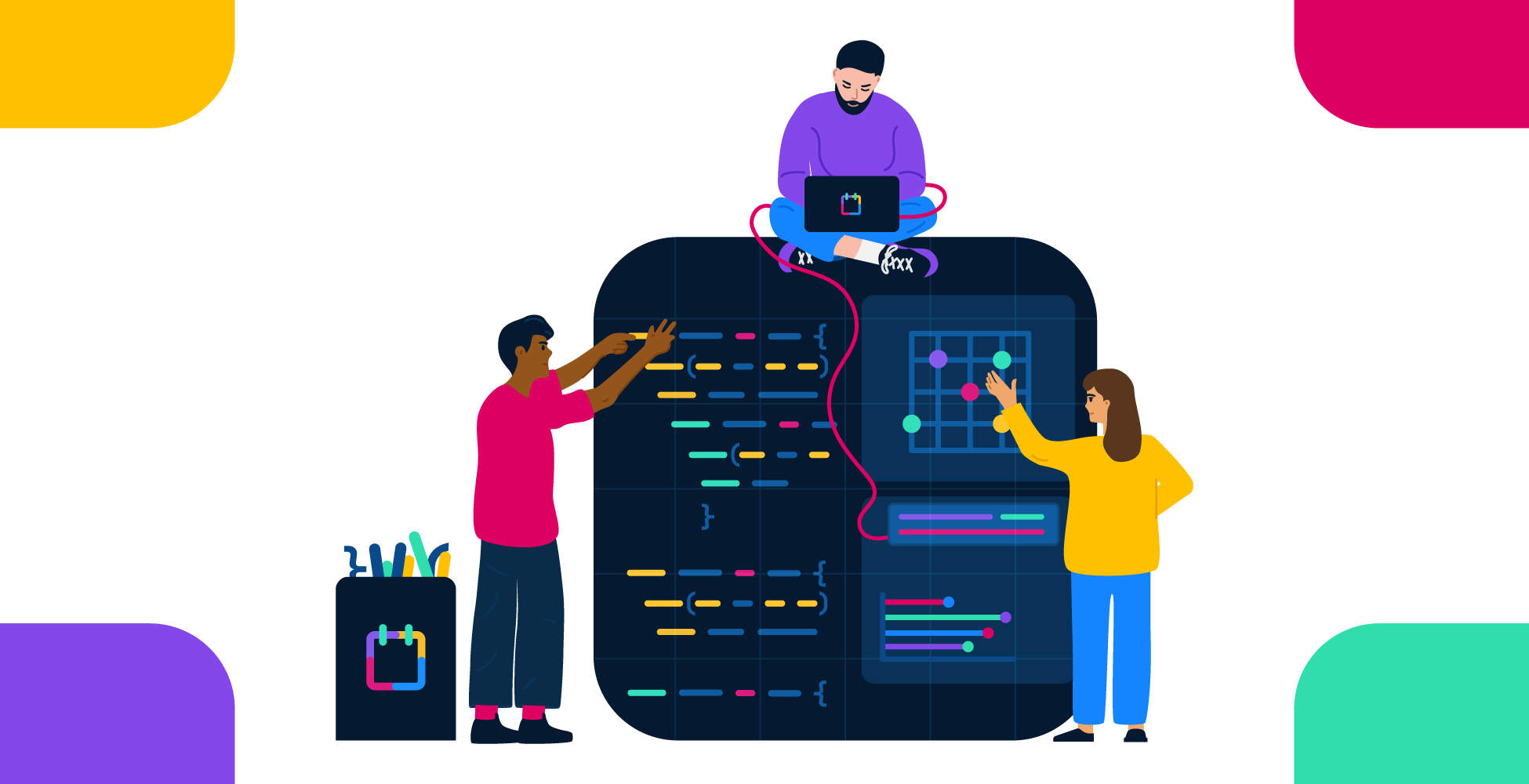CNIL Recommendations For Mobile App Privacy: A Practical Guide

Table of Contents
Understanding CNIL's Guidelines for Data Collection
The CNIL's approach to data collection in mobile apps centers around three core principles: minimizing data collection, ensuring transparency, and adhering to purpose limitation. This means collecting only the data absolutely necessary for your app's functionality, being upfront with users about how their data is used, and using that data only for the stated purpose.
Minimizing Data Collection
Avoid unnecessary data collection at all costs. Every data point collected increases your responsibility and the risk of a breach. Ask yourself: Is this data truly essential for the app's core functionality?
- Prioritize essential functionalities: Focus on the core features of your app and avoid adding unnecessary functionalities that require additional data collection.
- Avoid collecting personal data if alternatives exist: Explore anonymization techniques or alternative methods that don't require personal data.
- Offer users choices regarding data sharing: Provide granular control over what data users share, allowing them to opt-in or opt-out of specific data collection practices. This enhances transparency and user trust.
Transparency and Informed Consent
Transparency is key to building user trust. Your privacy policy must be clear, concise, and easily accessible within the app. It should be written in plain language, avoiding legal jargon that confuses the average user. Meaningful consent is paramount; obtain explicit consent for each category of data collected.
- Provide clear explanations of data usage: Describe precisely how each data point will be used and with whom it will be shared.
- Use plain language, avoiding jargon: Write in a simple, straightforward manner that anyone can understand.
- Obtain explicit consent for each data category: Don't bundle consent for multiple data points; obtain separate consent for each.
- Make it easy for users to withdraw consent: Provide a simple and accessible mechanism for users to withdraw their consent at any time.
Data Security and Storage Best Practices according to CNIL
The CNIL stresses the importance of robust security measures to protect user data throughout its lifecycle. This includes securing data both in transit and at rest.
Encryption in Transit and at Rest
Encryption is crucial to protect user data from unauthorized access. Use strong encryption algorithms and regularly update your security protocols to counter evolving threats.
- Use HTTPS for data transmitted over the internet: This ensures secure communication between your app and your servers.
- Employ end-to-end encryption where appropriate: End-to-end encryption protects data even if your servers are compromised.
- Encrypt data stored on devices and servers: Employ strong encryption algorithms to protect data at rest.
Data Retention Policies
Complying with CNIL guidelines necessitates a clear and concise data retention policy. Implement data minimization practices and regularly purge data that is no longer necessary.
- Only retain data for the necessary duration: Define a specific timeframe for data retention based on its purpose.
- Implement automatic data deletion mechanisms: Automate the deletion of data once it's no longer needed.
- Provide users with control over their data: Allow users to request deletion of their data at any time.
Managing User Rights and Data Transfers under CNIL's Framework
The GDPR grants users several rights regarding their personal data. Mobile app developers must comply with these rights, as per CNIL guidelines.
Implementing User Rights
Provide simple, in-app mechanisms for users to exercise their rights:
- Right of access: Allow users to easily access their data.
- Right of rectification: Enable users to correct inaccurate data.
- Right to erasure ("right to be forgotten"): Provide a mechanism for users to request deletion of their data.
- Data portability: Allow users to download their data in a portable format.
International Data Transfers
Transferring personal data outside the EU/EEA requires appropriate safeguards to ensure compliance with CNIL regulations. Consider using approved mechanisms like standard contractual clauses or binding corporate rules.
Conclusion
Adhering to CNIL recommendations for mobile app privacy is not merely a legal obligation but a crucial step in building user trust and fostering a responsible data handling approach. By minimizing data collection, ensuring transparency, implementing robust security measures, and respecting user rights, you can create a secure and ethical mobile app experience. Neglecting these guidelines can lead to significant legal and reputational risks. Ensure your app complies with CNIL recommendations for mobile app privacy. Download our free checklist today! [Link to Checklist]

Featured Posts
-
 Amanda Owen The Reality Of Farming And Family
Apr 30, 2025
Amanda Owen The Reality Of Farming And Family
Apr 30, 2025 -
 Is It Possible To Bet On The Los Angeles Wildfires Exploring The Dark Side Of Disaster
Apr 30, 2025
Is It Possible To Bet On The Los Angeles Wildfires Exploring The Dark Side Of Disaster
Apr 30, 2025 -
 Double Strike Cripples Hollywood Writers And Actors Demand Fair Contracts
Apr 30, 2025
Double Strike Cripples Hollywood Writers And Actors Demand Fair Contracts
Apr 30, 2025 -
 Miedzynarodowy Dzien Zwierzat Bezdomnych 4 Kwietnia Solidarnosc Z Bezpanskimi Zwierzetami
Apr 30, 2025
Miedzynarodowy Dzien Zwierzat Bezdomnych 4 Kwietnia Solidarnosc Z Bezpanskimi Zwierzetami
Apr 30, 2025 -
 Beyonce Ne Levi S Nje Fushate Qe Shkakton Buje
Apr 30, 2025
Beyonce Ne Levi S Nje Fushate Qe Shkakton Buje
Apr 30, 2025
